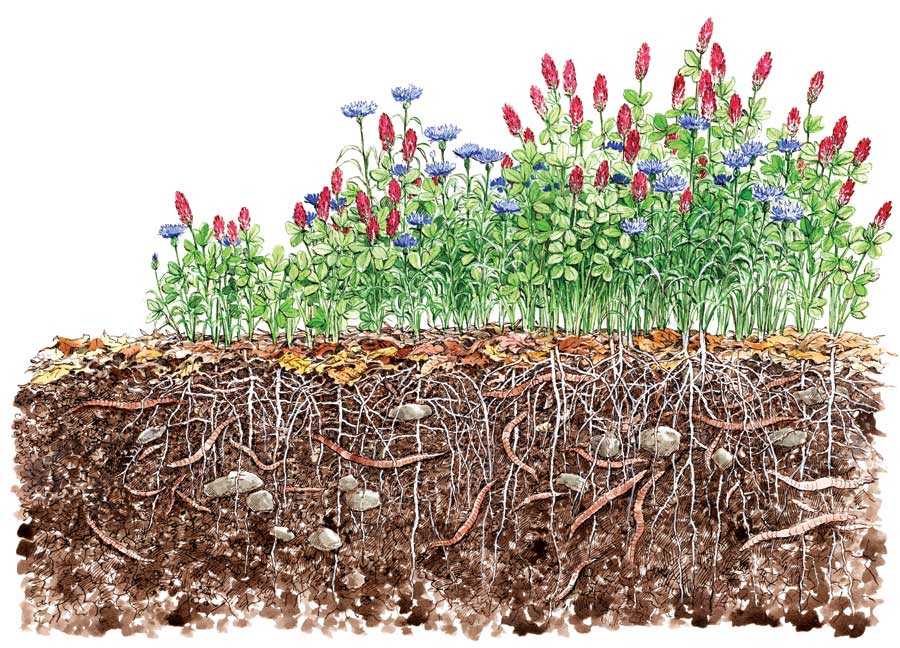FWP:
SETS == GENERATORS;
KAHAN; KYA; MIDPOINTS
SOUND EFFECTS: {26,7}
Well, here's what might be called the mother of all ghazals. It's probably Ghalib's most famous, and as best I can judge it is (along with {20}) one of the two ghazals of his that are most commonly translated; thus it comes equipped here with a special anthology of translations. Ghalib's own opinion of it was, at least at the time he wrote the above letter, extremely high-- he apparently thought it had reached a completely new level. (For another ghazal that he praised in almost equally extravagant terms, see {163,1}.) Not all the verses are equally superb, but there's no need for them to be, since a ghazal is chiefly a storage and display case for individual verses. And this particular verse is one of his all-time marvels. Thus I've provided an unusual depth of commentary, to illustrate the interpretive range. Faruqi has done an exposition that's unusually elegant even for him-- and is well worth reading in full in the original, if you know Urdu. To it I'd like to add only a few thoughts.
The greatest tension is the word (and meaning) play between 'manifest' and 'hidden'. Both terms embrace many possibilities. If things are manifest [numaayaa;N], are they manifest permanently, or intermittently, or only temporarily? At their own pleasure, or helplessly? Inevitably, or contingently? And if things are hidden [pinhaa;N], then are they destined someday to be manifest, or are they hidden forever? Were they ever manifest, or have they always been merely latent? Are they findable, or have they been they lost and dissolved? Is their hidden presence verifiable in any way, or only a subject for speculation?
Appropriately, even the 'dust' imagery is complex: 'to mingle with the dust' [;xaak me;N milnaa] is a common idiom for 'to die'. 'To become hidden in the dust' could be taken as a mere paraphrase, with the same meaning. Or else, of course, it could retain the possibilities of 'hidden'-- someone can hide in something without necessarily melting down and vanishing into it. When in a distraught letter Ghalib misquotes the second line of his own verse (see the second letter above), he even adds an echo of the powerful, bitter idiom kyaa ;xaak ; for an example of its use, see {87,1}. For another, somewhat parallel verse, in which the dust is addressed directly, see {151,5}.
And as for the 'faces' that are hidden in the dust, they are also 'aspects' [.suurate;N], with the same possibilities for abstraction as that translation would suggest; for an example of this abstract use see {10,6}. On this reading, the verse would not be about beautiful dead faces in particular, but about potentials for life and beauty in the universe, both realized and unrealized. For the remarkably full range of meanings of .suurat , see the definition above.
Moreover, in the verse we might be interested in the faces/aspects, and inquiring about their possible whereabouts, as in the first three readings given above, and in the commentarial consensus. These readings take ;xaak me;N to modify pinhaa;N ho ga))ii;N , so that the dust becomes a location where 'faces' or 'aspects' might be hidden, but what we are really interested in is the hidden people or things.
Alternatively, we might equally well be interested in the nature of the dust itself, so that we would be inquiring about its contents and their knowability and manifestations, as in the second three readings given above. These readings take ;xaak me;N to modify ho;Ngii , so that what we really want to know about is the dust. The more I look at the verse, the more these two basic foci appear quite distinct to me. These back-and-forth possibilities are based on the role of ;xaak me;N as what I call a 'midpoints' adverbial phrase, one that can be read as modifying either of the line's two finite verbs.
In addition, the verse takes care to set up further complexities, so that we have plenty of room to think and wonder. The first line emphasizes the partialness of its own information: not all, only some, are in flowers, and the speaker doesn't seem to know where the rest are. The second line has a presumptive verb [ho;Ngii], to emphasize the tentativeness of its speculation. And of course kahaa;N and kyaa multiply the possible meanings several times over. The translations I've given above are by no means exhaustive; they merely illustrate some of the main lines of thought.
Yet with all these baroque philosophical and mystical strands
of thought hovering in a cloud around it, it's still a very clean, flowing,
well-balanced verse; in particular, it uses its long vowels and nasals to good effect.
It has fully nine nasalized long vowels, four in the first line and five in
the second. And aren't they lovely to recite! Above all, the word-and-meaning
echo effect of numaayaa;N ho ga))ii;N and pinhaa;N
ho ga))ii;N could hardly be improved upon.

Ghalib:
[1852, to Haqir:] Brother! For the Lord’s sake, do this ghazal justice! If this is Rekhtah, then what did Mir and Mirza [Sauda] compose? And if that was Rekhtah, then what is this? The circumstances of it are that one gentleman among the princes of the House of Timur brought this ground from Lucknow, and Huzur [Bahadur Shah Zafar] himself composed a ghazal in it, and commanded me also [to compose one]. Thus I carried out the order, and wrote a ghazal. (Arshi 239)
==Urdu text: Khaliq Anjum vol. 3, pp. 1113-15
==another translation: Russell and Islam, p. 83